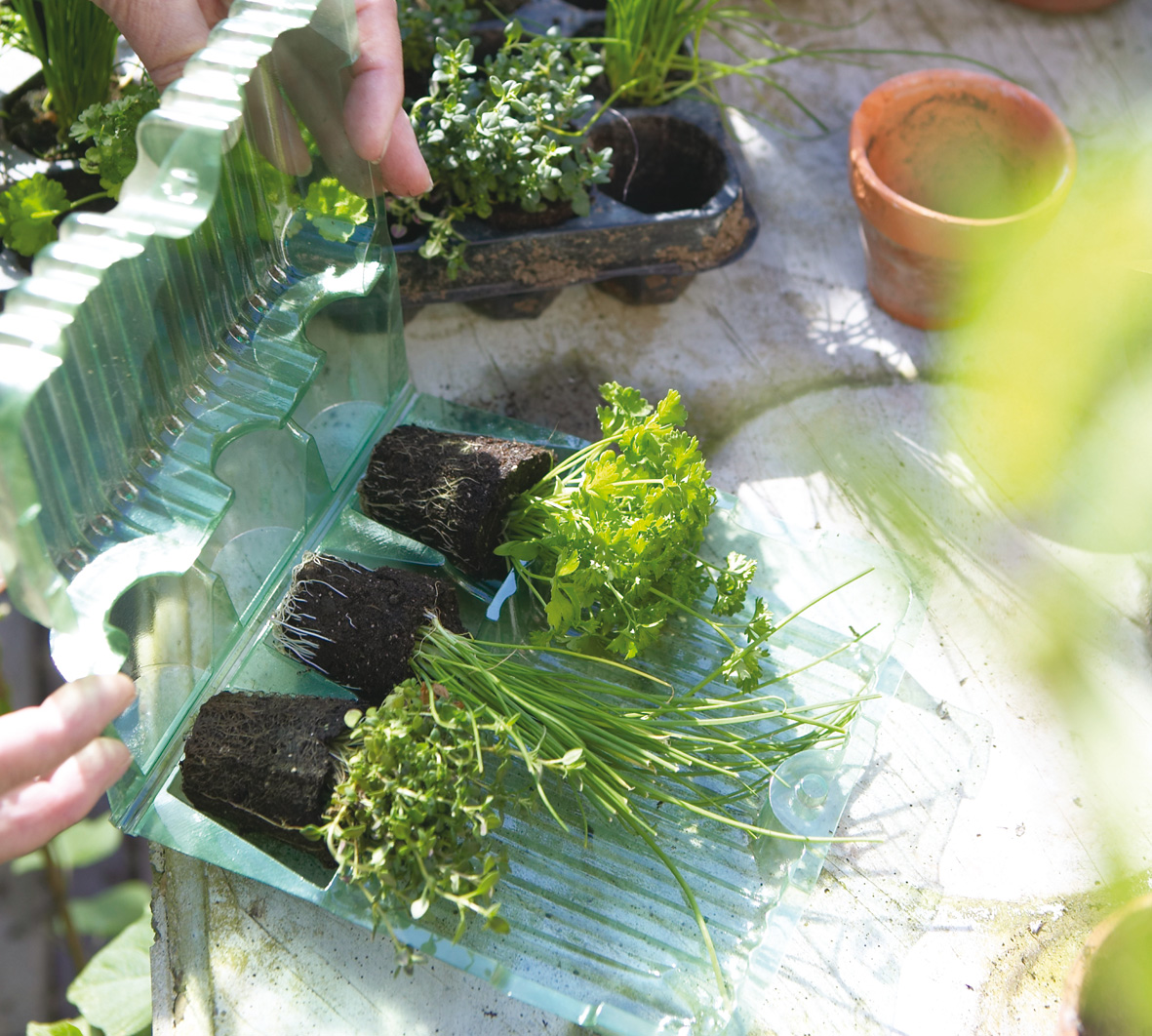Pink-purple turtleheads are a snappy addition to damp areas of the gardenOnce you know the blooms on your Chelone obliqua are affectionately dubbed turtleheads, they always remind you of these snapping reptiles. The common name for these eccentric 2-lipped blooms came from a Greek legend. According to the story, a nymph named Chelone was turned into a turtle by the gods for refusing to attend Zeus's wedding.In North America, these plants grow naturally in damp woodlands and on prairies. This love of moisture means your plant will happily naturalise in a boggy area or a pond border. A container or garden border also suits your easy-going chelone.A clump of upright stems clad in toothed, deciduous foliage first emerge in March. Each spear of dark green leaves is topped with a head of deep pink to light purple blooms from August until October. These bright, flowering spikes add height and interest to your flower arrangements. The bright blooms on your plant is a great source of late season colour.Bees and butterflies visit to investigate your chelone's intriguing flowers. The busy presence of these pollinators introduces a zesty energy to your garden. Fortunately, deer and rabbits show no interest.A fully sunny or partly sunny location with poor to well-drained soil will best suit your hardy perennial.In 2-5 years, your Chelone obliqua will reach a maximum height and spread of 90cm by 60cm. Chelone Obliqua has an RHS hardiness rating of H5
Flower and Foliage Months

Mar

Apr

May

Jun

Jul


Aug


Sep


Oct

Nov
 Foliage Month
Foliage Month
 Flowering Month
Flowering Month











